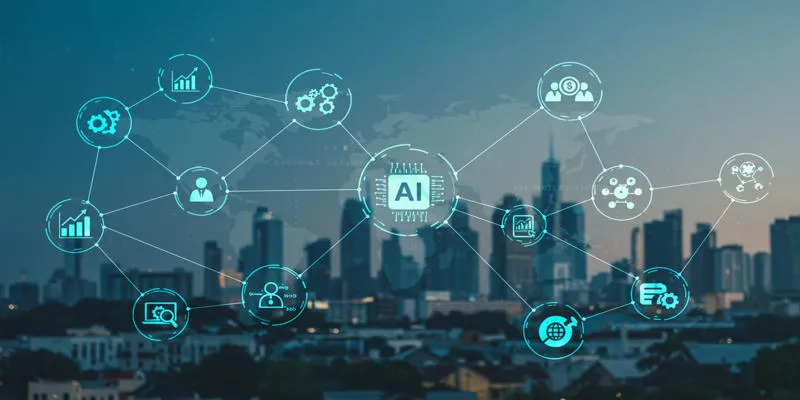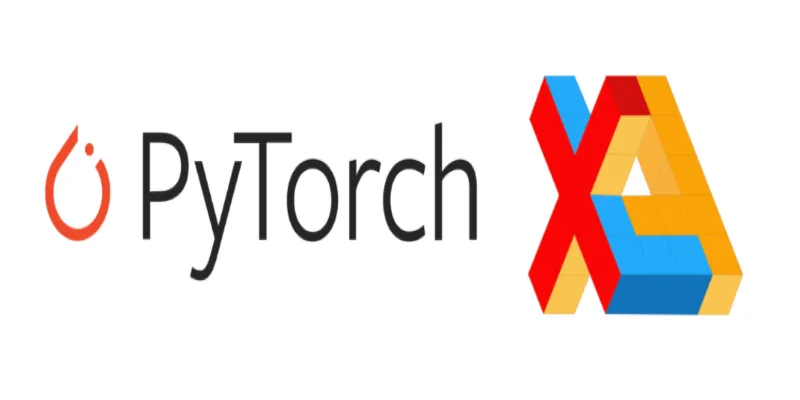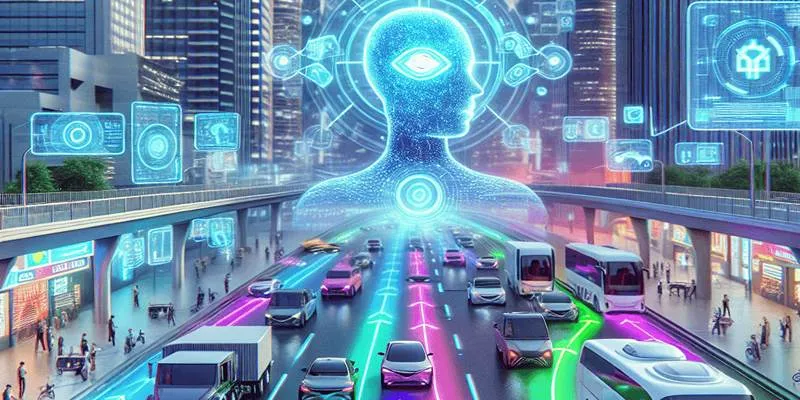Generative AI (GenAI) is revolutionizing industries by enabling businesses to create human-like text, images, and code. To remain competitive, organizations must develop an AI strategy tailored to leverage this innovation. This article explores how embracing GenAI can drive efficiency, innovation, and growth, providing crucial steps and considerations for thriving in this rapidly evolving technological landscape.
Understanding Generative AI
 Generative
AI is an artificial intelligence technology designed to produce original
content. Unlike project-specific programming, GenAI models like GPT-4 and
DALL·E use extensive training datasets to create creative outputs. These
systems learn patterns, structures, and semantic elements from data to
generate high-quality outputs that exhibit human-like creativity. GenAI
applications span various sectors, including content creation, software
engineering, medical innovation, and customer service development.
Generative
AI is an artificial intelligence technology designed to produce original
content. Unlike project-specific programming, GenAI models like GPT-4 and
DALL·E use extensive training datasets to create creative outputs. These
systems learn patterns, structures, and semantic elements from data to
generate high-quality outputs that exhibit human-like creativity. GenAI
applications span various sectors, including content creation, software
engineering, medical innovation, and customer service development.
Why AI Transformation is Essential?
The business landscape is evolving rapidly, and organizations that fail to adapt risk falling behind. AI transformation is not optional; it is essential for staying competitive. GenAI offers unparalleled opportunities to automate repetitive tasks, enhance decision-making with data-driven insights, and deliver personalized customer experiences at scale. Companies that integrate GenAI into their operations are poised to lead their industries, backed by improved productivity and innovation.
Steps to Build an Effective GenAI Strategy
Developing a robust GenAI strategy requires a clear roadmap that aligns AI capabilities with your organization’s goals and objectives.
1. Assess Your Current AI Readiness
Start by evaluating your organization’s existing AI infrastructure, talent, and processes. Identify your current strengths and pinpoint areas where AI capabilities are lacking. Determine specific gaps that GenAI can address, such as automating customer interactions or enhancing creative content production.
2. Define Strategic Goals
Clear goals are crucial for any AI strategy. Define what you aim to achieve with GenAI—whether it’s reducing operational costs, enhancing customer experience, or entering new markets. Align these goals with overall business objectives to ensure seamless integration and tangible results.
3. Build a Strong Data Foundation
The success of any AI system heavily depends on data quality. Ensure your organization has access to clean, well-organized, and relevant datasets. Adopt ethical practices for data collection and usage, keeping customer privacy and compliance in mind. A strong data foundation allows GenAI systems to deliver accurate and effective outputs.
4. Upskill Your Workforce
For GenAI to truly transform your organization, your workforce must be equipped with the necessary skills. Invest in training programs to educate employees about AI tools, their potential, and effective utilization. Collaboration between human creativity and AI can maximize results.
5. Adapt Agile Methodologies
Given the pace of AI advancements, agility is crucial for sustained transformation. Adopt agile methodologies and iterative processes for deploying and refining GenAI systems. Start with pilot projects, collect feedback, and make incremental improvements to scale operations effectively.
Key Industries Benefiting from GenAI Transformation
GenAI is driving significant change across various industries, enabling innovative solutions and unparalleled advancements.
1. Healthcare
Generative AI is revolutionizing healthcare by making diagnoses faster and more accurate. It accelerates drug discovery, helping researchers find treatments more efficiently. AI-powered chatbots enhance patient care by providing personalized assistance, answering health questions, and offering guidance on managing chronic conditions—all while easing workloads for healthcare professionals.
2. Content Creation
Generative AI is reshaping how businesses and individuals create content. From crafting engaging blogs and designing impactful marketing campaigns to generating social media posts and professional presentations, AI helps teams produce creative content quickly and at scale. This allows businesses to foster deeper engagement with their audiences by delivering high-quality, targeted materials without compromising time or creativity.
3. E-Commerce
AI-driven personalization powered by Generative AI is revolutionizing the e-commerce landscape. Retailers analyze customer behavior to recommend products tailored to individual preferences, creating a seamless shopping experience. Beyond recommendations, GenAI optimizes inventory management, ensuring businesses stock the right products at the right time. It also powers chatbots and virtual assistants that provide real-time support, enhancing customer satisfaction and loyalty.
4. Education
Generative AI is transforming education by making it more accessible, engaging, and personalized for learners of all ages. It creates customized curricula based on individual needs, ensuring students receive targeted support. Automated grading saves educators time by quickly evaluating assignments, while intelligent tutoring systems offer real-time feedback, interactive lessons, and coaching to simplify complex subjects. This technology bridges educational gaps and creates new opportunities for lifelong learning.
Ethical Considerations in the GenAI Era
As with any transformative technology, GenAI raises ethical concerns. Companies must prioritize ethical practices in their AI strategies to ensure responsible and sustainable use. This includes promoting transparency in AI decision-making, addressing bias in data and algorithms, and prioritizing data privacy and security.
Measuring Success in the GenAI Transformation
To gauge the effectiveness of Generative AI in transforming industries, organizations must establish clear metrics aligned with their goals. Success can be measured through improved efficiency, such as reduced manual workloads or faster task completion. Enhanced customer satisfaction, reflected in feedback and retention rates, is another critical indicator.
Additionally, tracking innovation outputs, like new product development or streamlined workflows, highlights the technology’s value. Regularly analyzing these metrics helps refine AI initiatives, ensuring they drive meaningful and measurable impacts across the organization.
Challenges in AI Transformation
 Despite
its benefits, AI transformation presents challenges, including:
Despite
its benefits, AI transformation presents challenges, including:
- High Initial Investment: AI implementation can be costly.
- Data Privacy Issues: Handling sensitive data requires strict security measures.
- Resistance to Change: Employees may fear AI replacing jobs.
Conclusion
The GenAI era presents a remarkable opportunity for organizations to unlock new levels of innovation and efficiency. By strategically adopting and implementing AI transformation strategies, businesses can stay ahead of the curve and capitalize on the potential of these groundbreaking technologies. A clear vision, strong data infrastructure, skilled workforce, and ethical practices are the pillars of success in this exciting new era.
 zfn9
zfn9






















